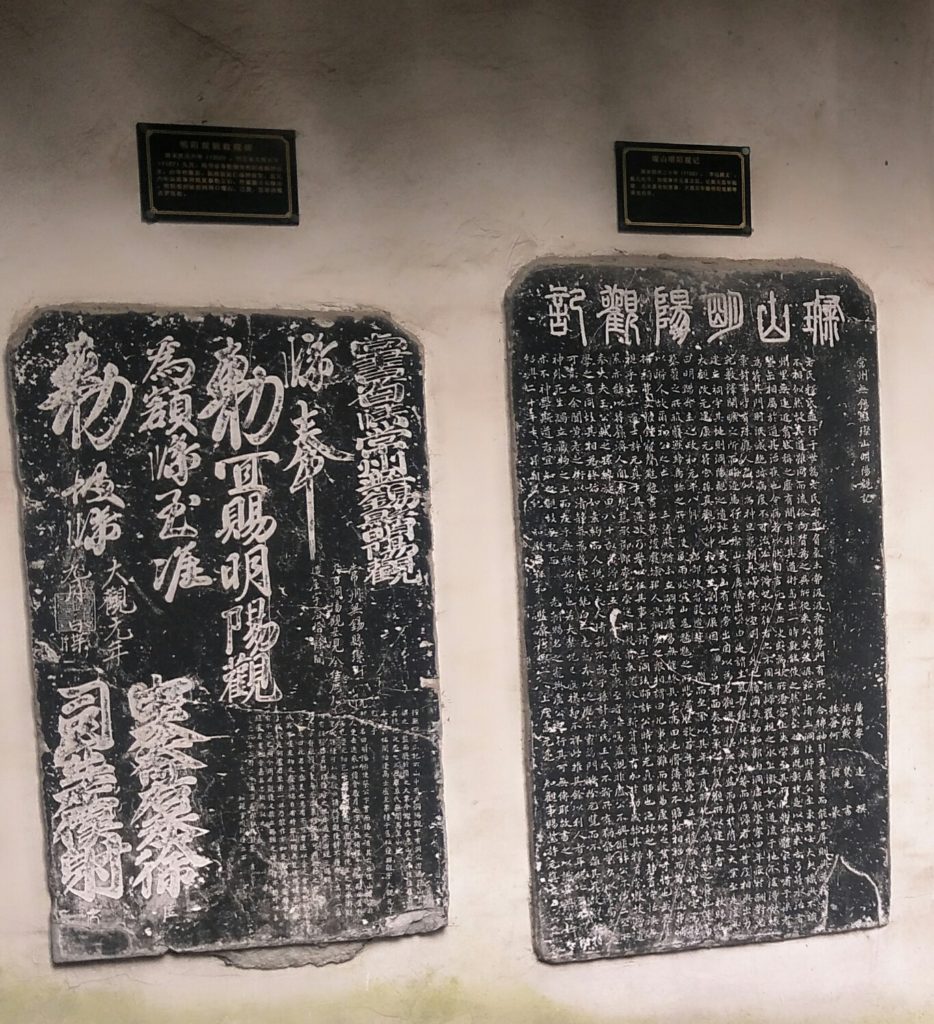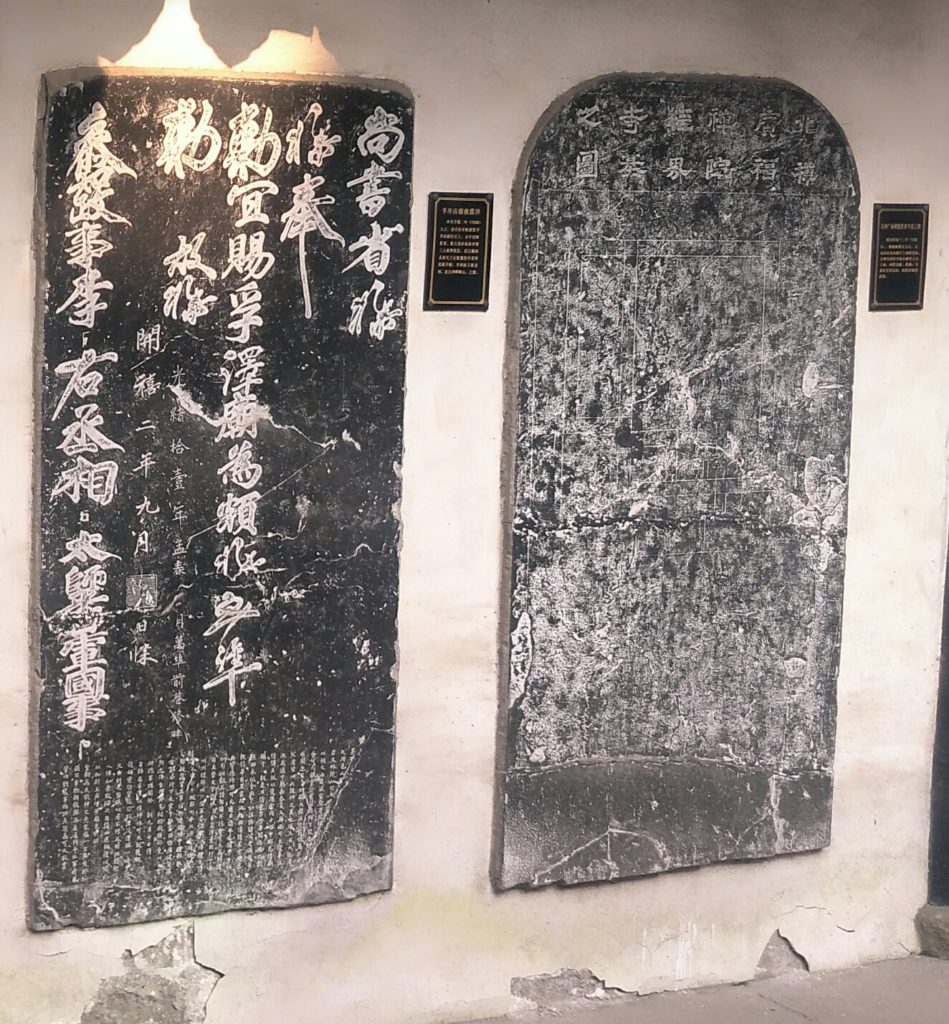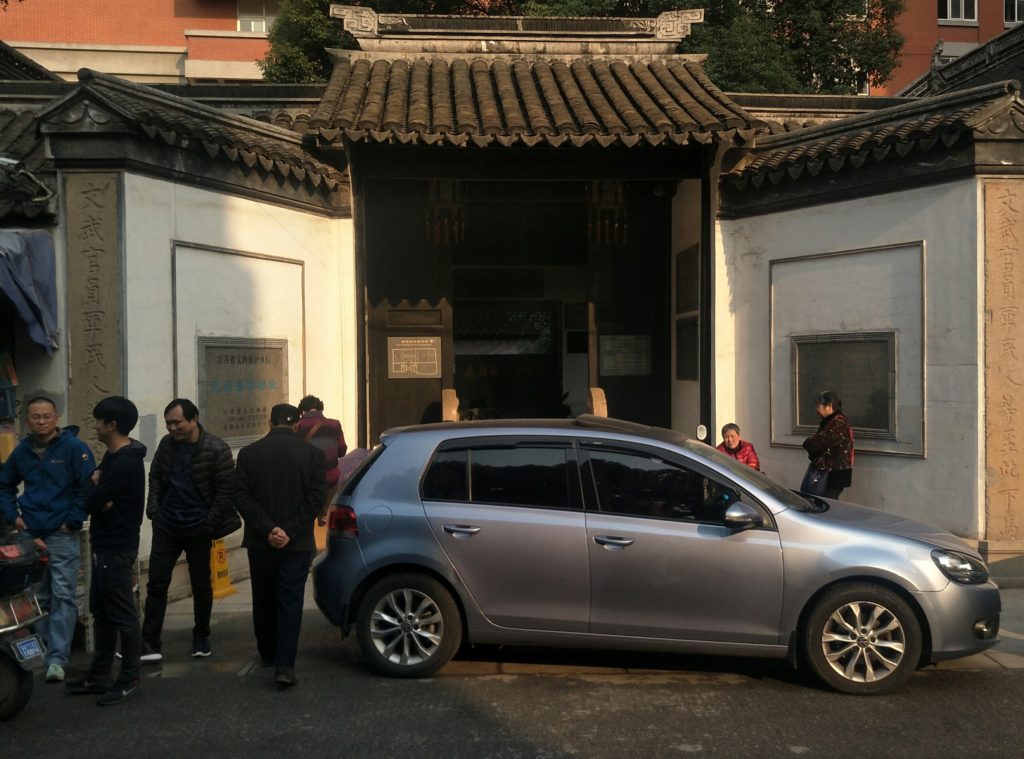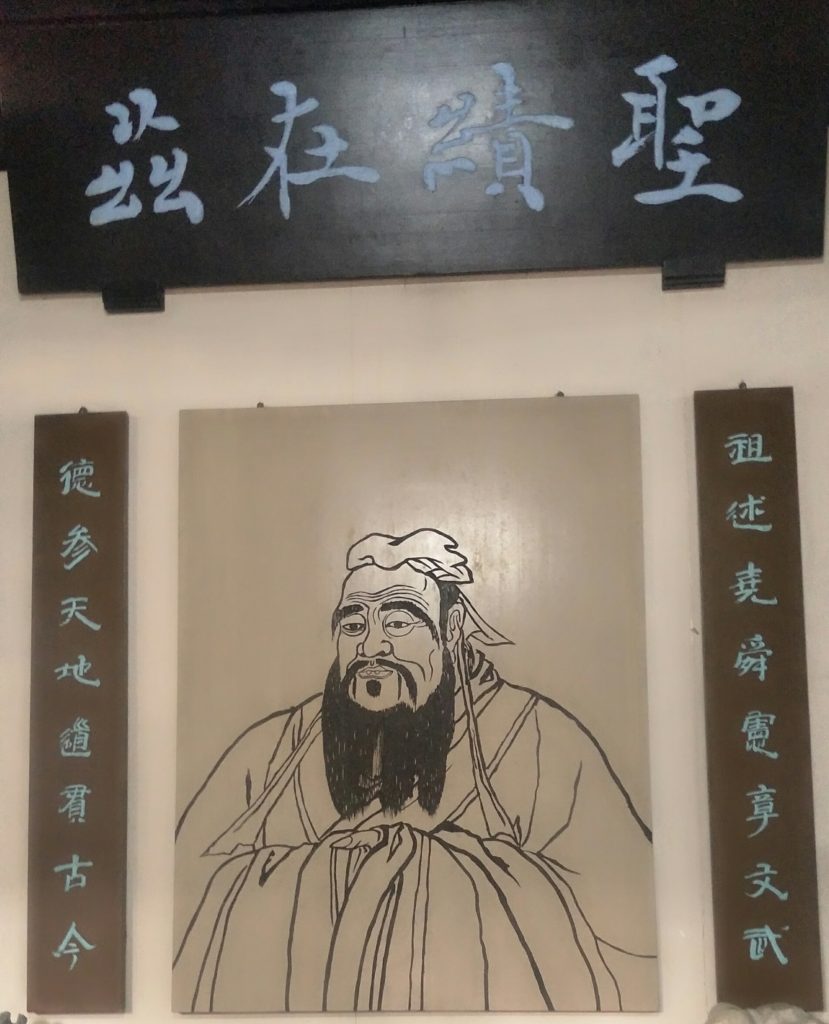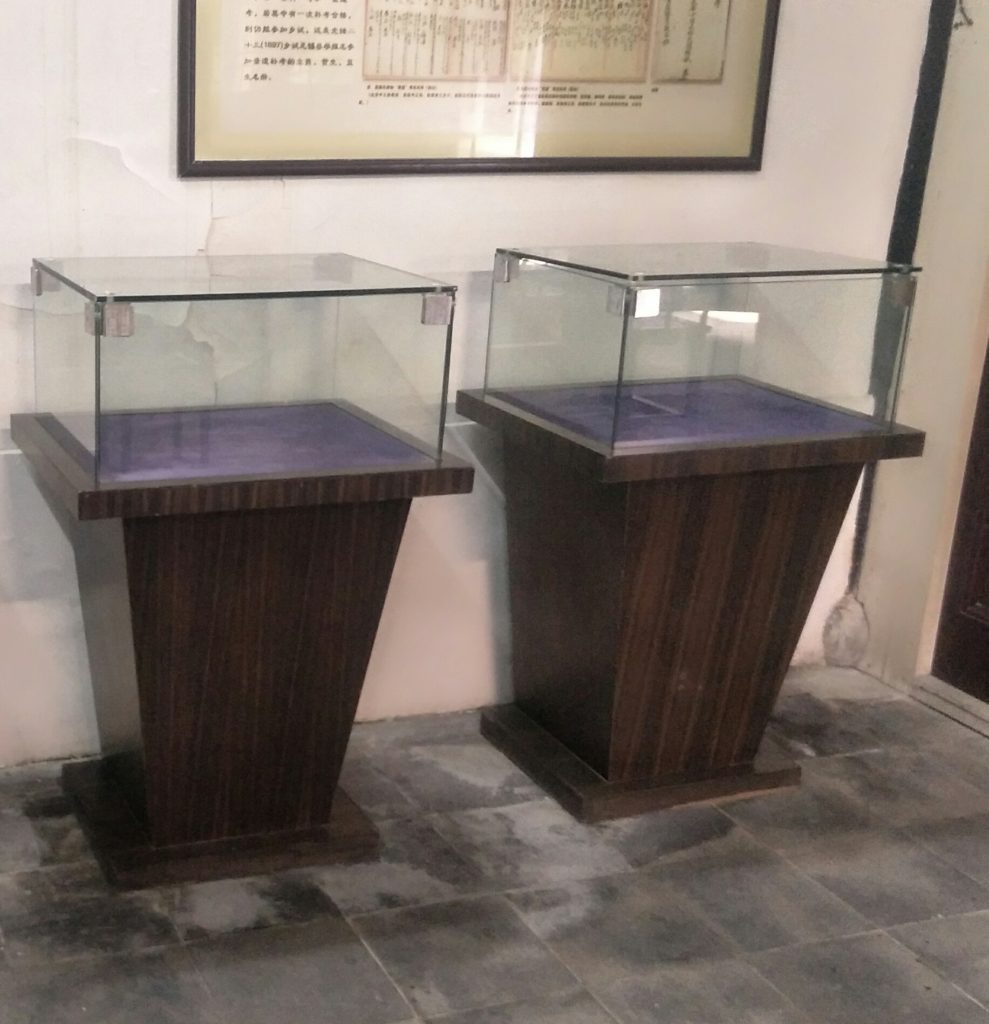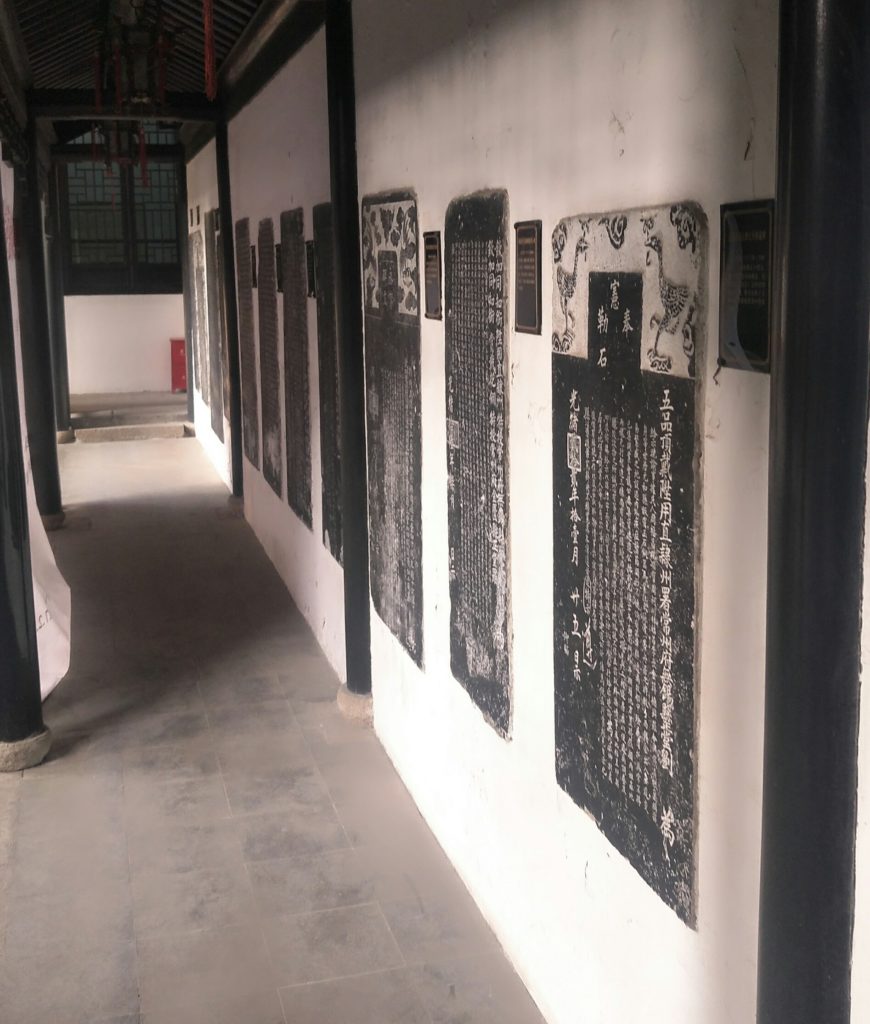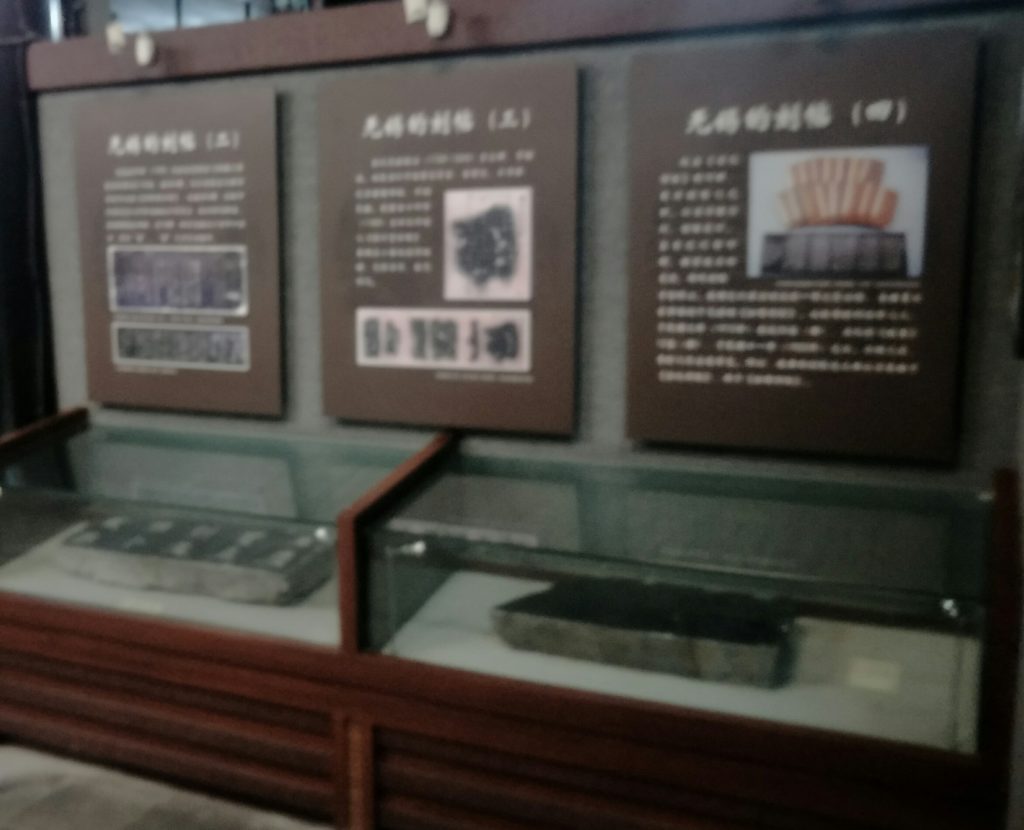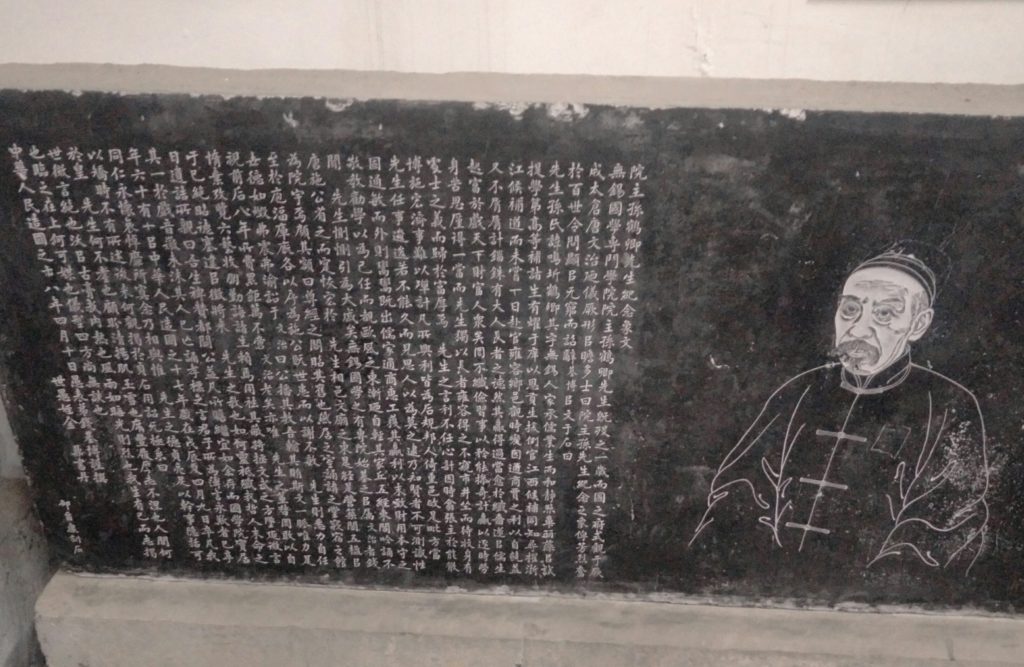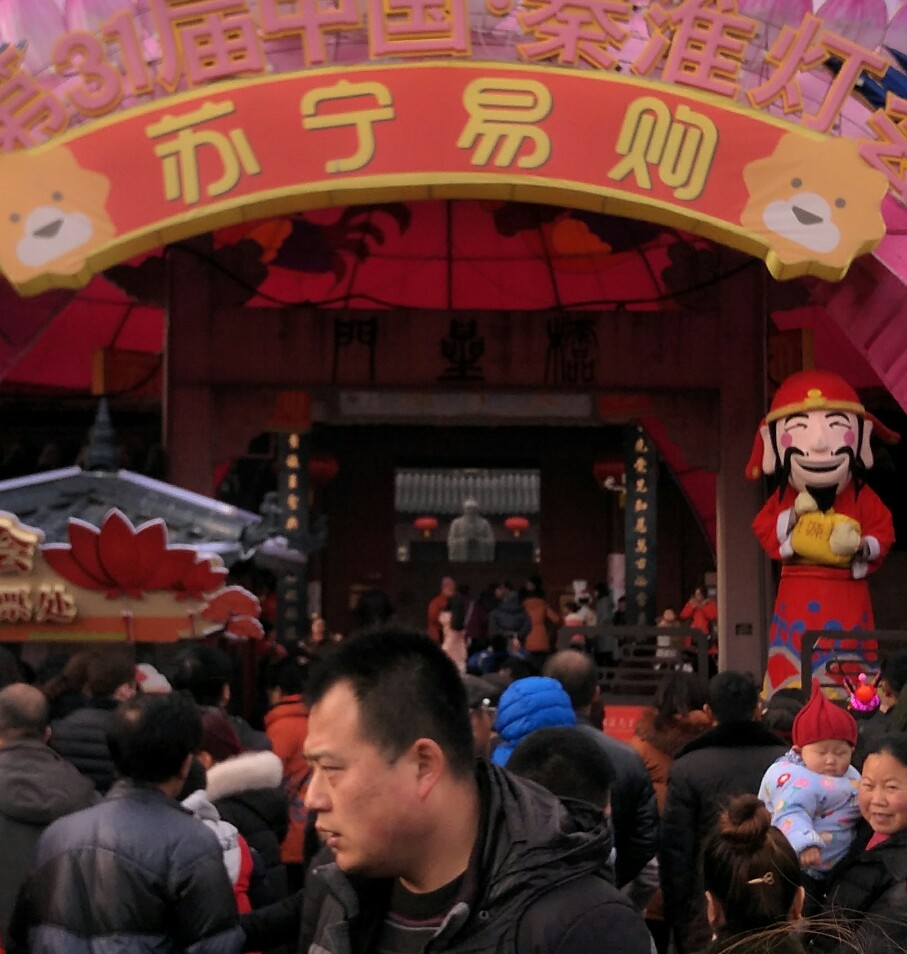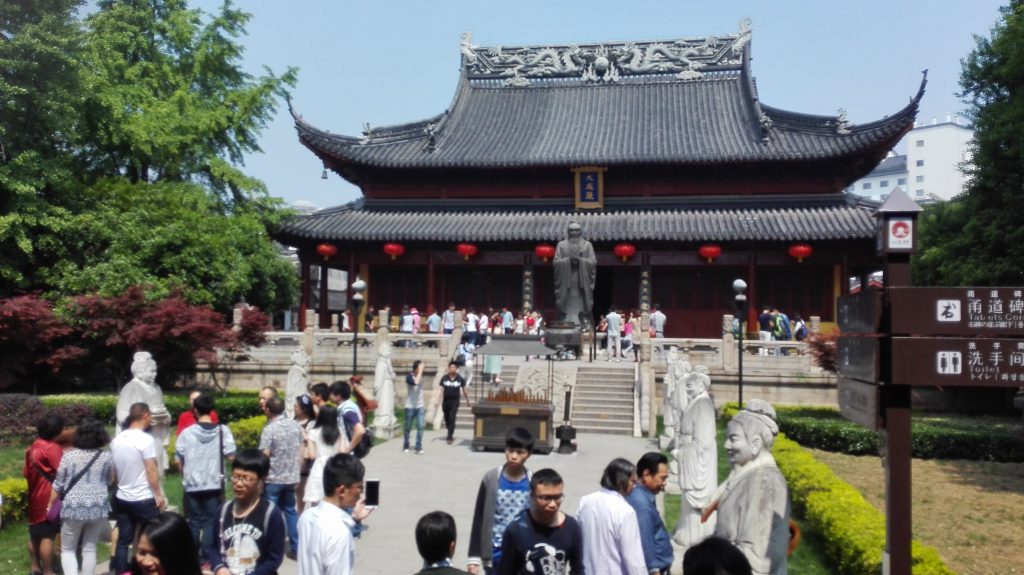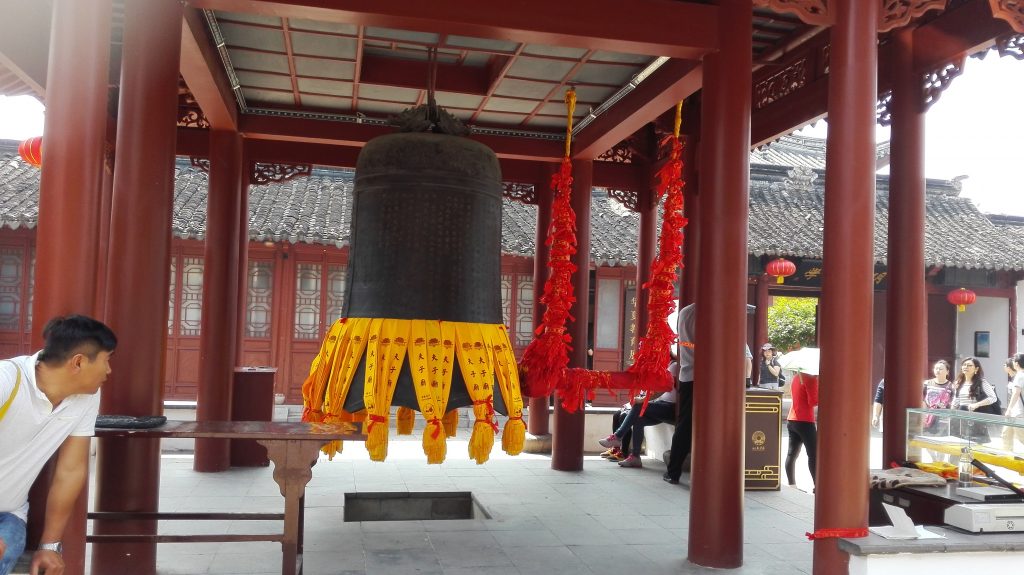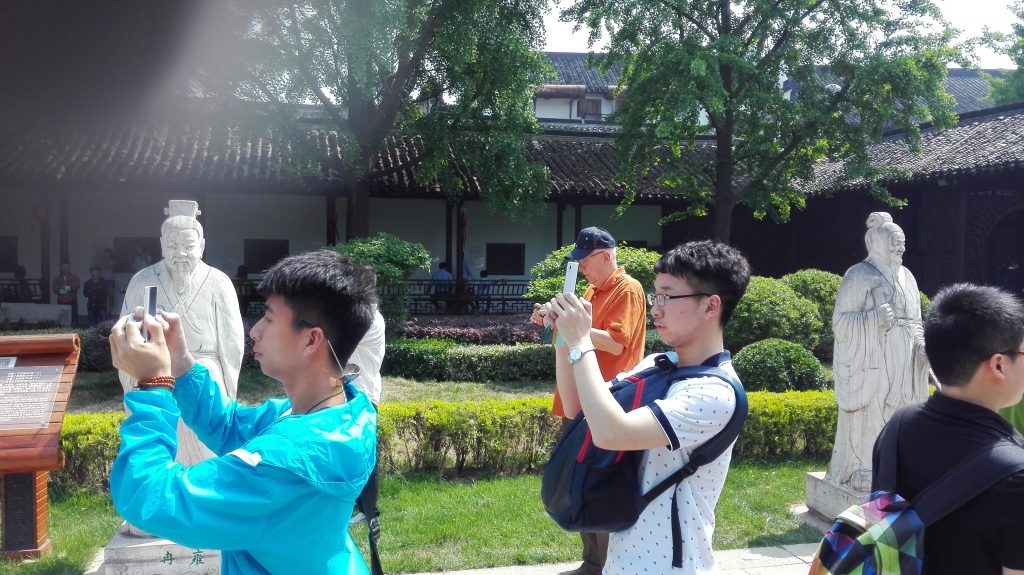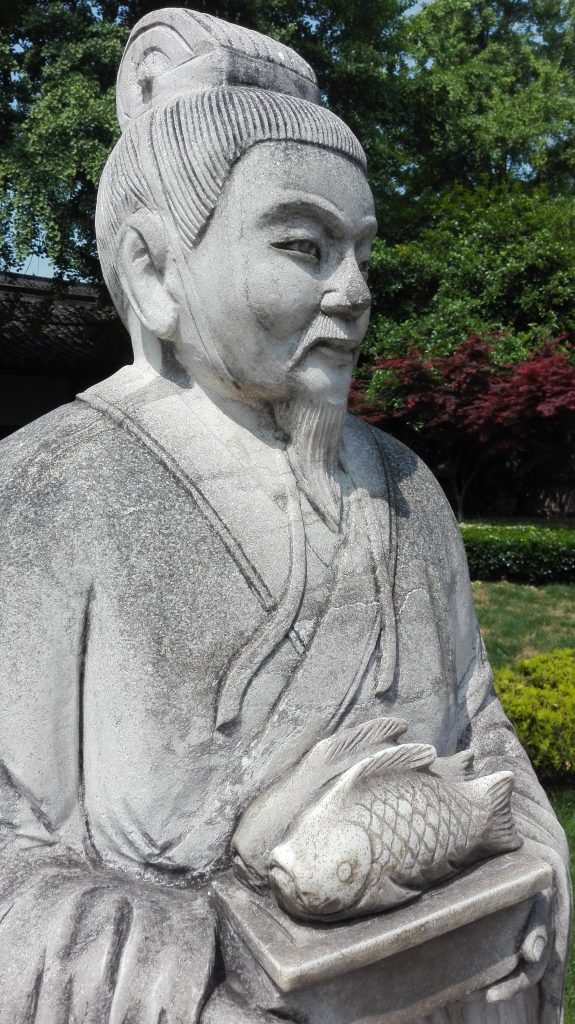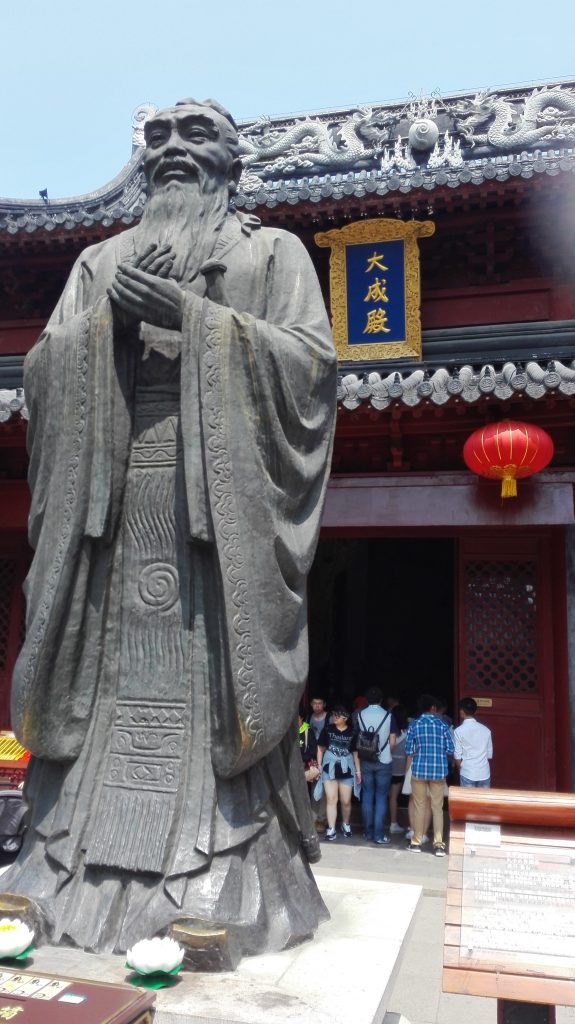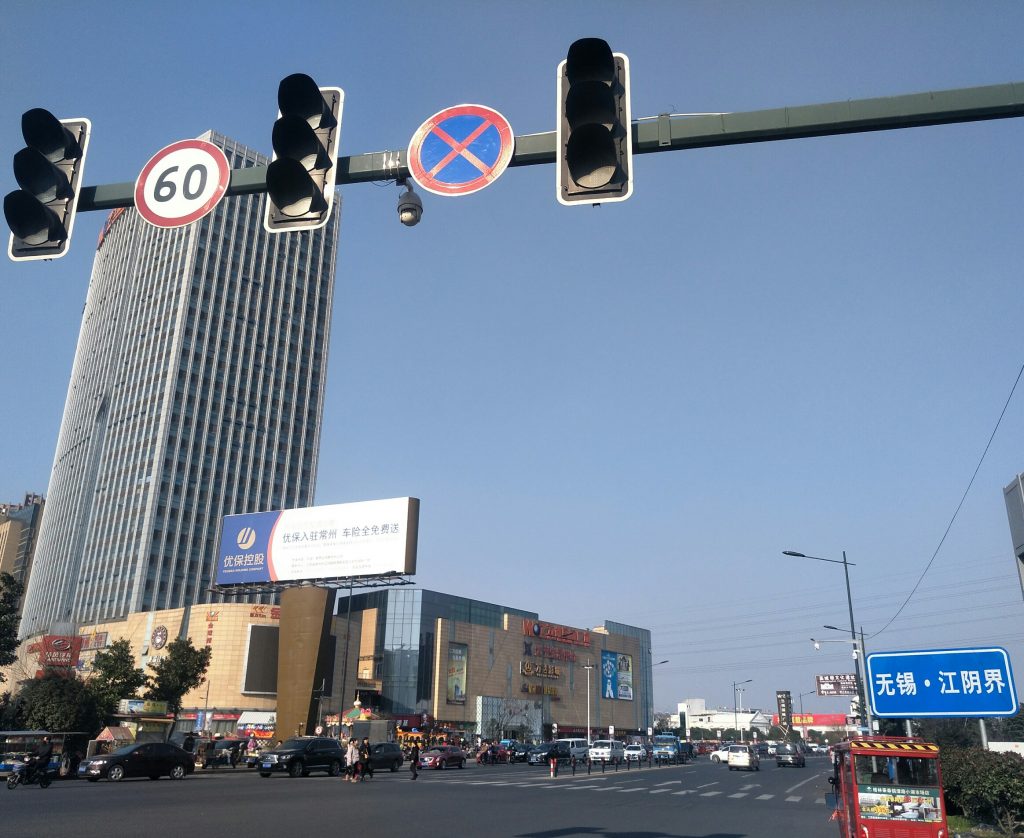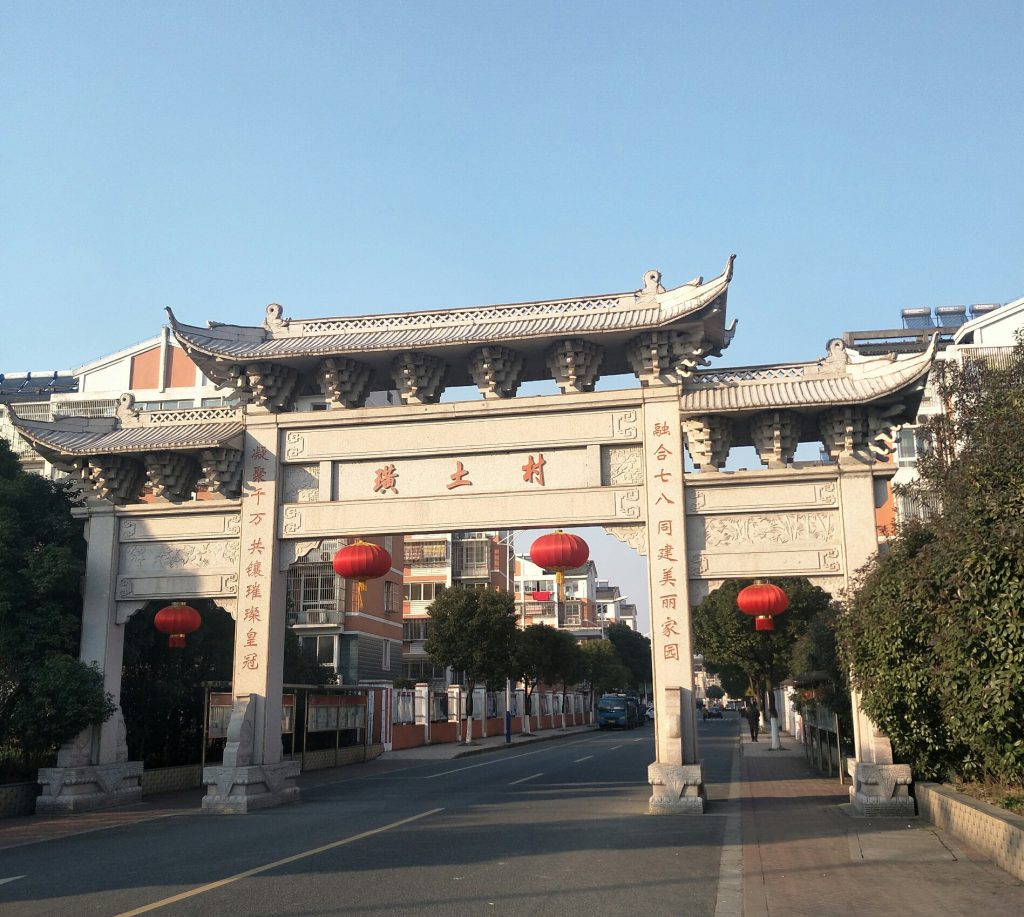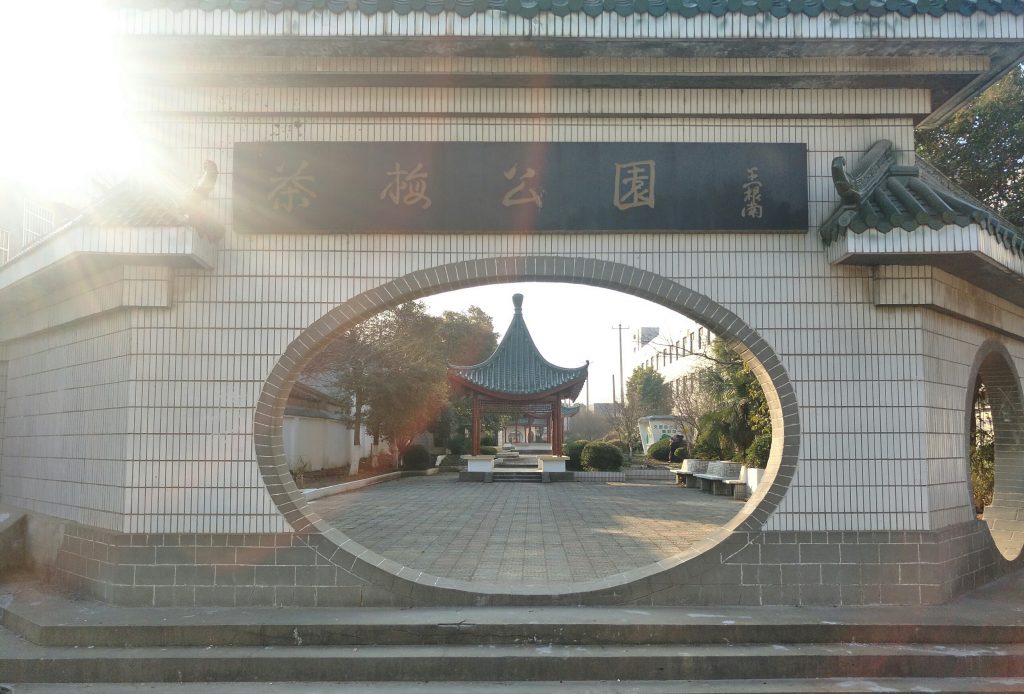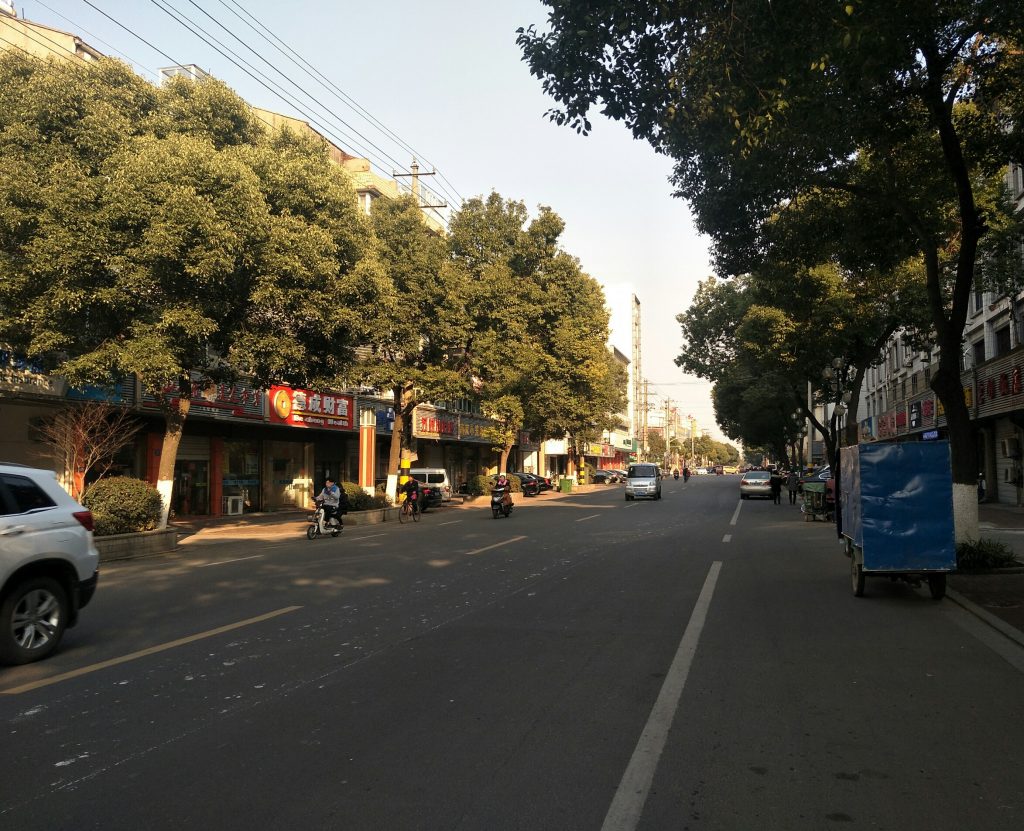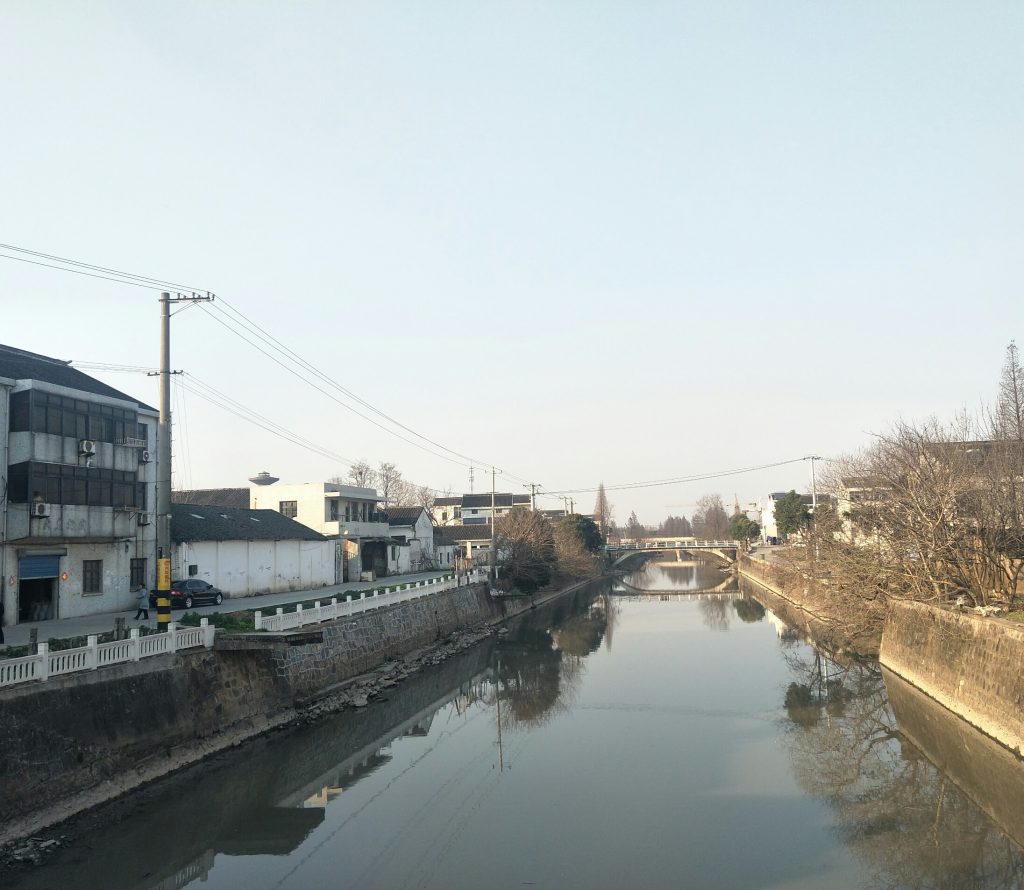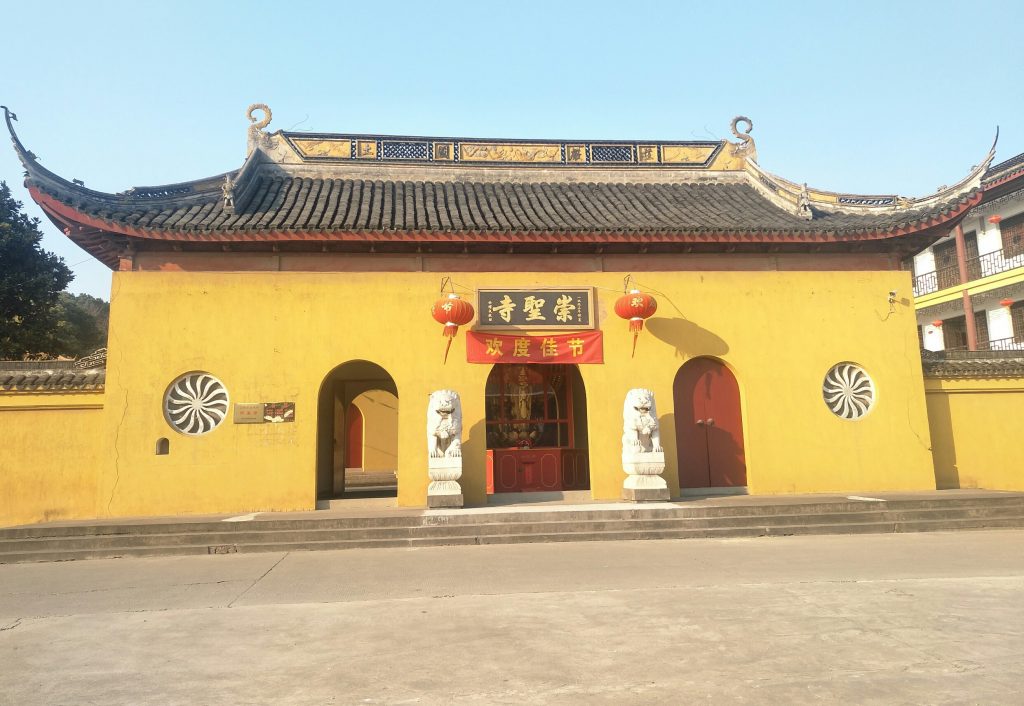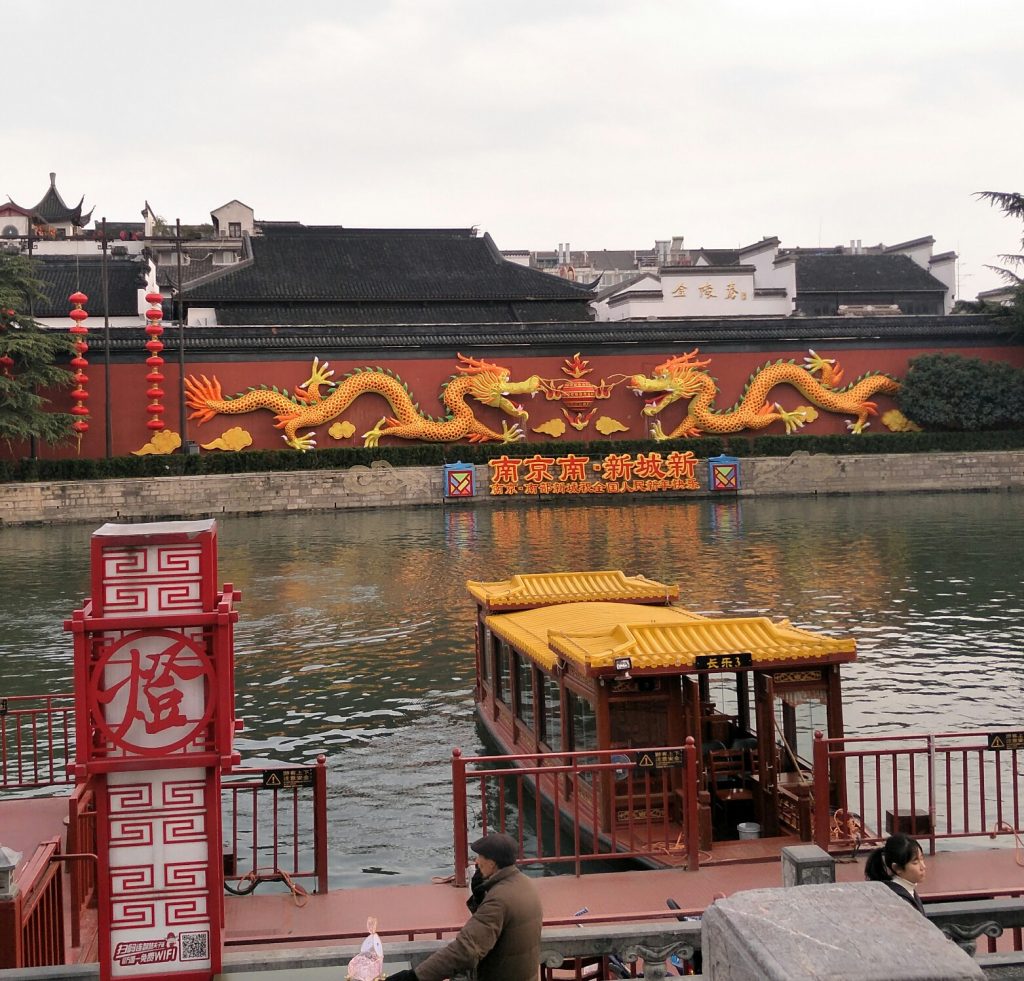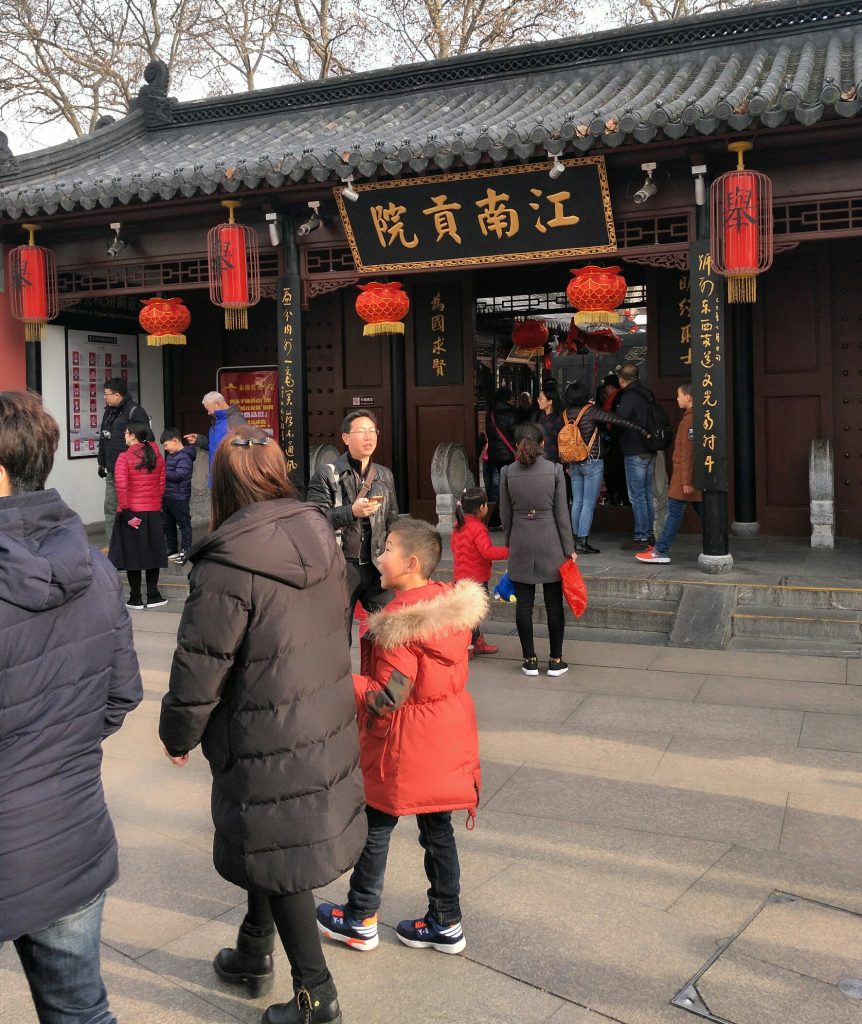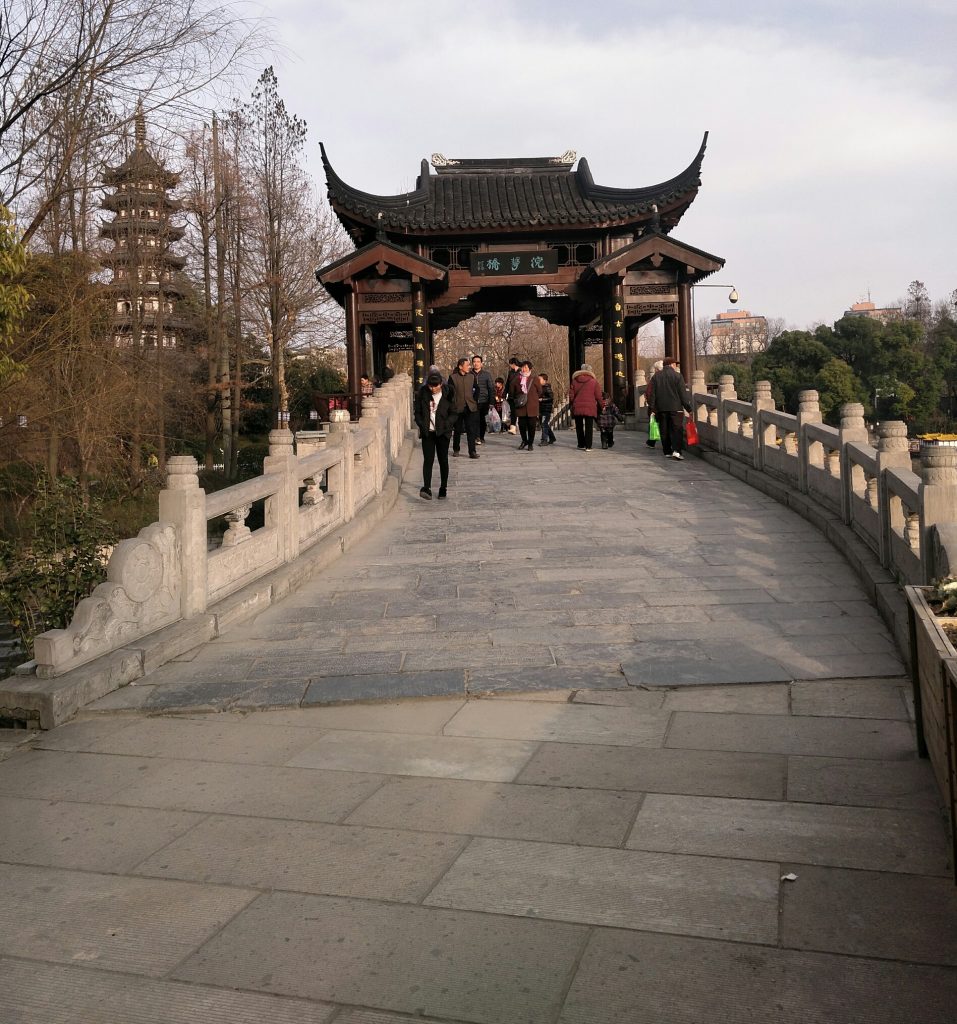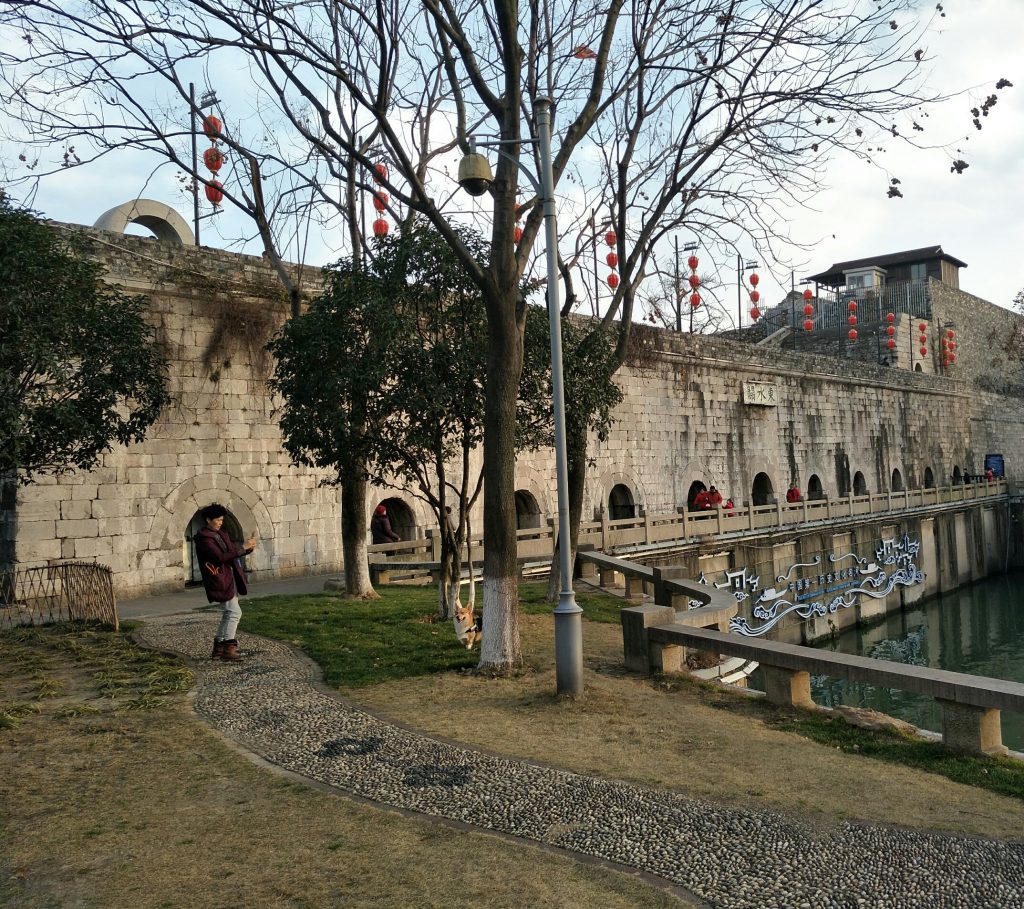
Here is something you will likely never hear an expat say: “Oh my god, do you know where I can find Tsingtao on draft? What about Tiger?” That’s because both are cheap and extremely common. Finding those beers is not a challenge. Let’s put it this way: No foreigner squeals for joy when they find cans of Harbin at a supermarket. Quality craft beer is another story, and downtown Changzhou recently gained a new bar that sells unique and quality draft beer.

Bubble Lab is a well known, famous microbrewery in Wuhan. About two months ago, they opened a new bar near the Zhonglou Injoy Mall. This is in the Future City shopping complex next door. The chief difference between this bar and it’s parent location is that the beers are not brewed in Changzhou. They are made in Wuhan and shipped here. They have multiple taps and serve a wide variety. They have, for example, two stouts at the moment; one has a slight vanilla flavor, and the other has hints of coffee. There are many different types of IPAs to be had, as well as typically less bitter fare like pilsner and lager. The food is also enjoyable.

Their cheeseburger is fairly simple, and that is not a bad thing. Yet, there are a few things that can even wreck a simple burger: bad quality beef, dry textures, and over or under cooking it. Bubble Lab’s burger avoids all of this. The meat patty is very juicy — definitely not overcooked and chewy. Truth be told, it was so juicy that it was a bit of a mess to eat. That is also not a criticism; messy burgers are delicious if done right, and this is one I would order again.

Bubble Lab also offers fish and chips. You don’t see the fries in the above picture because they are under the fillets. Now, this should be said: this is not the type of fish and chips an Aussie or a Brit may be used to. That’s usually batter dipped and deep fried. Bubble Lab’s fish actually tastes a bit German. By that, I mean it tastes like somebody took fish and prepared it the same way you would with a schnitzel cutlet, and that involves bread crumbs and parsley. Again, this is not criticism. Not all fried fish and potato meals needs to be proper British fish and chips. I found this enjoyable, but then again, I am not somebody who is homesick and from the United Kingdom or Australia. It should also be noted that right now, their menu is fairly simple and small. Yet, new things will likely be added in the months to come.
All in all, I am very happy to see Bubble Lab in Changzhou. The city center needed another western style bar and restaurant. Ever since Bellahaus went out of business, eating and drinking options seemed confined to Summer and a few other places. Plus, with so many Wuhan craft beers on tap, you can easily say Bubble Lab offers something you can’t find elsewhere in Changzhou.
This post originally appeared on Real Changzhou.

